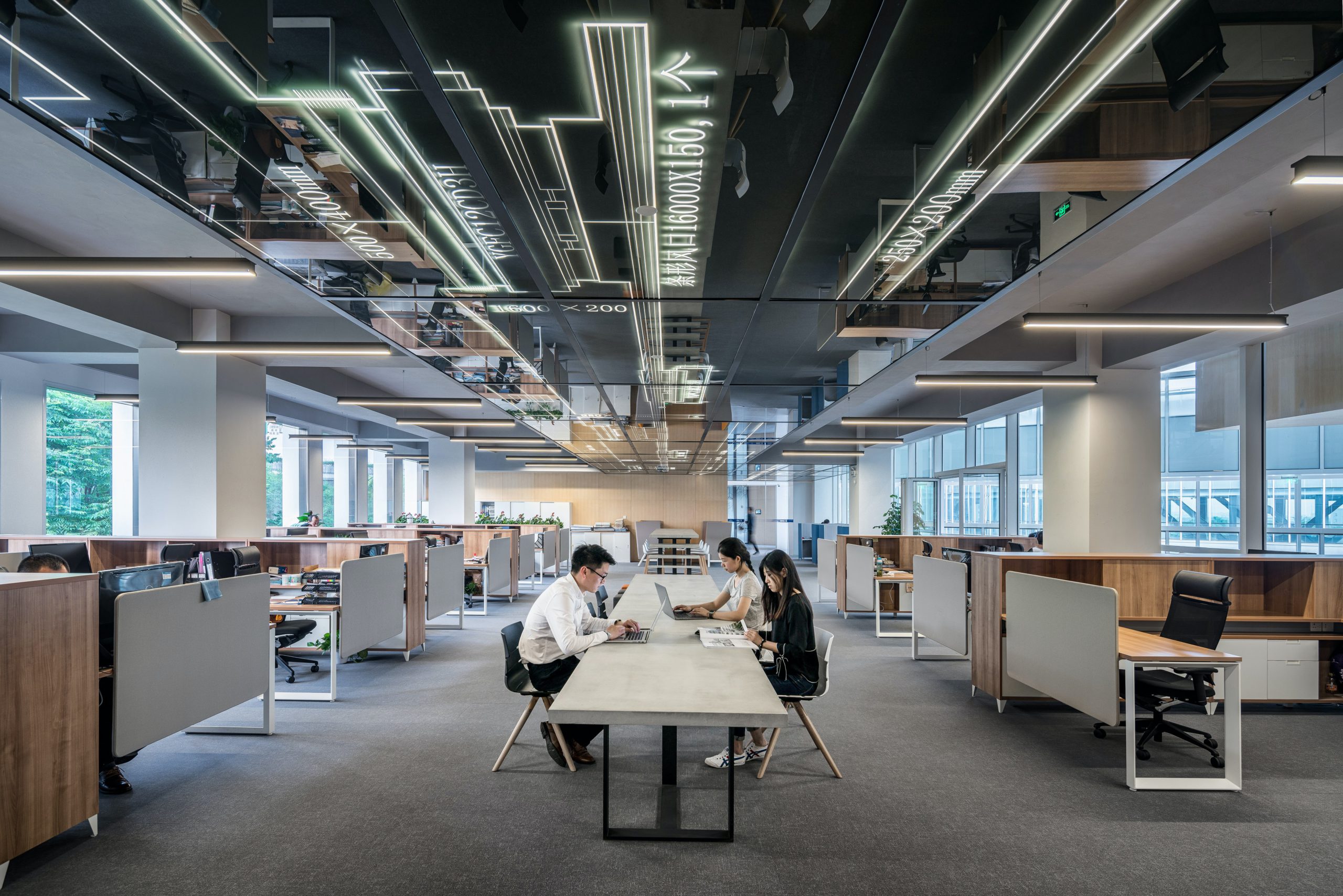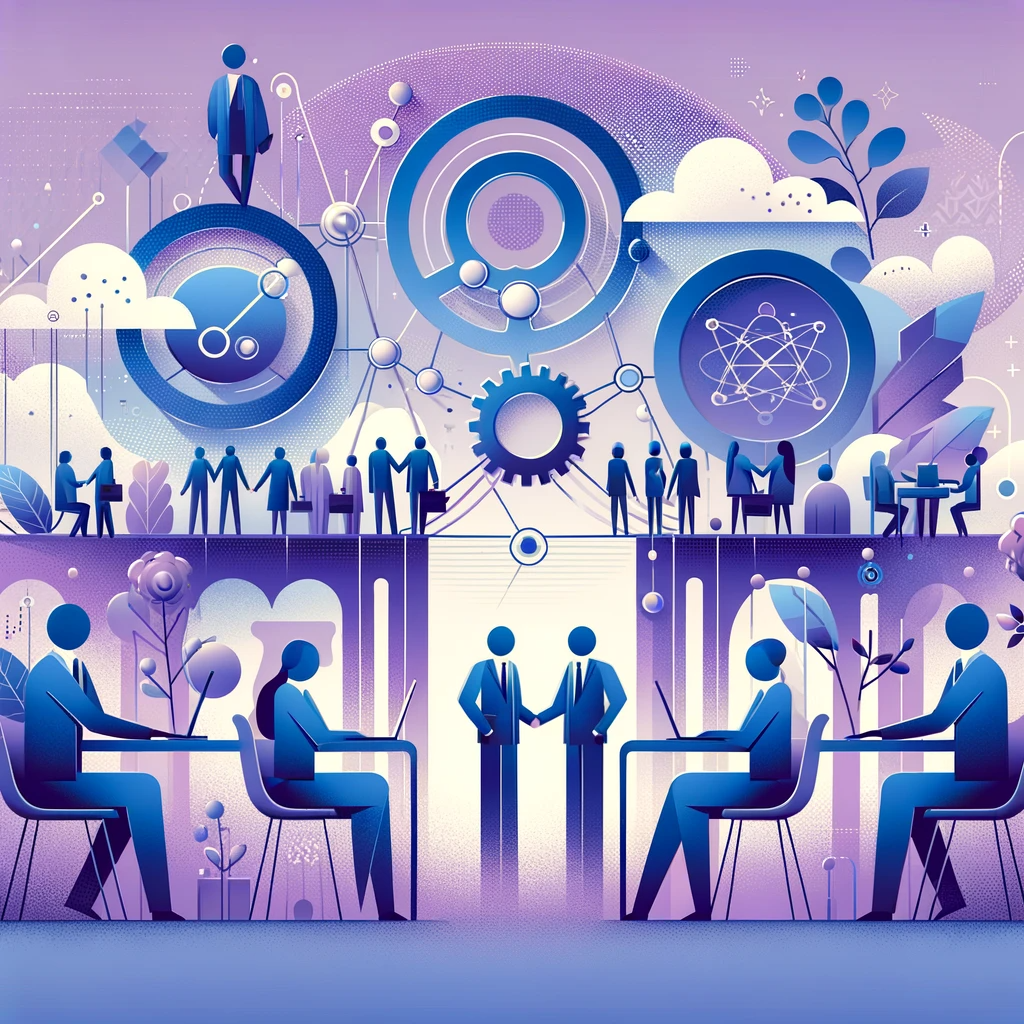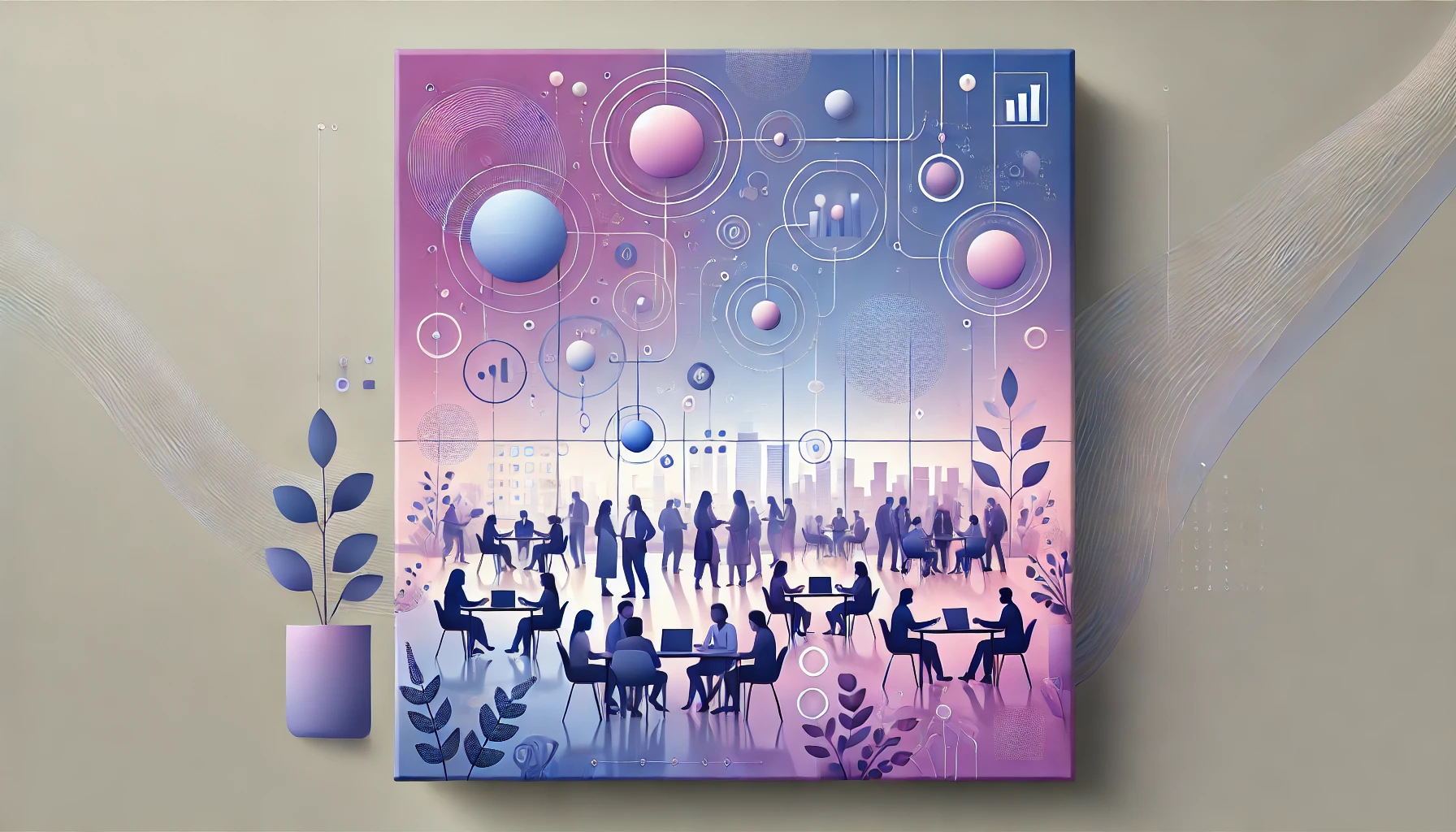How Will the Future Workplaces Be Like
How Will the Future Workplaces Be Like
There’s no doubt that the world is rapidly changing, and the work environment isn’t an exception. It is important to adapt to the changes as quickly as possible, so predicting and preparing for them will help you stay competitive. Let’s look at what the future could bring us! Read more: What is a Good Workplace?
-
Technology
For decades already, people all around the world are talking about technology replacing employees starting in the less intelligent positions and slowly working its way higher. This technology that could rapidly replace us in the future is known as STARA (Smart Technology, Artificial Intelligence, Robotics, Algorithms). These have been evolving very quickly in the last decade. We can already see it in work in many places: AI customer services, personal assistants, SPOT – robotic dog by Boston Dynamics, etc. And where would we be without the Internet. In 2019 there were about 4.3 billion Internet users, which was about 57% of the total population, but this percentage is a lot higher if you compare it to the population in better-developed countries. So it is clear that people will automate a lot, and this will put pressure on employees to learn new skills to still be competitive in the future market. The human factor is the one thing that can’t be replaced, at least, for now. Complex data analysis, therapy, art, medicine, and a lot more still have a long way to go to be replaced by machines.
-
Employees
Future work will require collaborative work between humans and machines. Computers overall should not be viewed as rivals. As much as we want and need all sorts of advanced technology to ease our everyday life, machines need humans for development, repairs, etc. Future employees will have to be open-minded, ready to learn, and adapt; otherwise, finding a proper job will be tremendously difficult. Based on researches, generations Z, X, Millennials, and Baby Boomers would be ready to give up about 9% of their salary for 20% reduced work-time, which would balance life and work as well as raise employee effectiveness. In a recent survey about how a workplace in 2030 would look like respondents answered:
-
- Flexible work options
- Growth possibilities
- Equality, diversity, inclusion
- Health and safety policies
- Different employee benefits [5]
An example where a few of these can be seen used in one is Spotify. It is offering flexible public holidays, which allow employees to trade a public holiday in the country where they’re working for a holiday celebrated in the employee’s native country. There are quite a few more examples, but in the future, those will be the main conditions when applying for a new job that possible employee will request.
-
Co-working
Co-working offices lately have become very popular amongst small businesses and freelancers. It not only pushes you to work more efficiently as you’re located in a more work-enhancing environment, but it also lets you network with other specialists, which can be crucial in the development of your business or your personal career. And actually, this also applies to huge companies like Apple, Microsoft, Facebook, Alibaba, and more. They’ve moved part of its employees to co-working spaces because, for them, it reduces overhead costs, it is helpful in talent attraction, and opens up collaboration opportunities with other companies. As stated by Steve King (Partner at Emergent Research):
“Corporate co-working and a niche co-working are the future of the industry”.
These are the reasons why this kind of workplace will keep on growing and opening more new spaces. We could also possibly see different co-working spaces dedicated to specific industries and equipped with the necessary equipment for them, which otherwise would be impossible to afford at a very early stage of development.
“People will create the jobs of the future, not simply train for them, and technology is already central. It will undoubtedly play a greater role in the years ahead.” – Jonathan Grudin (Principal researcher at Microsoft).
Read more: Trends for Remote Work in the Global Labor Market.









